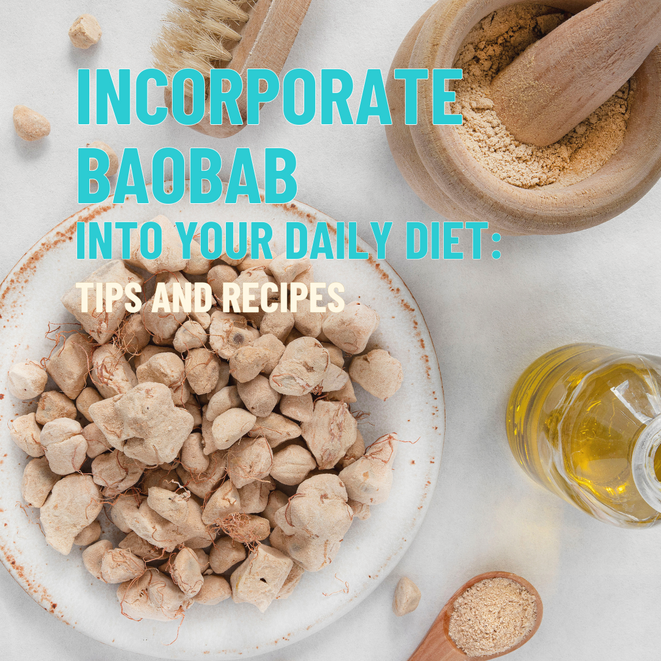Baobab: The Ancient ‘Superfruit’ Transforming Modern Diets
Learn about baobab’s nutritional profile, its role in modern diets, and why it’s considered a superfruit here!

Baobab Nutritional Profile
Due to its high nutritional value and wide-ranging uses, baobab is often called a ‘superfruit’. While it’s true that no one food can ‘fix’ your health or make up for an ‘unhealthy’ diet, not all food is created equal. Baobab, nutritionally speaking, is above and beyond expectations for even the most ultra-healthy foods that we know and love...
Baobab contains high levels of antioxidants, amino acids and soluble as well as insoluble fibre, amongst other essential micro-nutrients for gut health, boosting energy levels, and wider well-being. In addition, baobab contains a much lower amount of sugar than that found in other commonly available fruits. Baobab contains a very high concentration of vitamin C, essential for the immune system as it supports the body’s defence systems. This helps the body sustain energy levels throughout the day and reduces fatigue. It also helps in regulating metabolism.
Amino acids
- Glutamic acid (good for fighting stress)
- Phenylalanine (good for fighting fatigue)
- Tryptophan (pre-cursor to serotonin production, a chemical widely linked to happiness and well-being)
- Tyrosine (pre-cursor to adrenaline and dopamine production)
- Antioxidants
- Adaptogens
- Source of Direct and Sustainable Energy: Calories, Metabolism, Micronutrient
- Low Sugar Content

Baobab Health Benefits
An Oxford Brookes University study claims that baobab definitively and significantly reduced the rate at which sugar is released into the blood after digestion. A slower release of sugar into the bloodstream lowers the likelihood of sugar spikes and energy crashes.
According to the Superfood and Functional Food Journal, baobab also has the highest antioxidant content of any fruit, twice that of goji berries, more than blueberries and pomegranate combined and twenty times that of green tea. Antioxidants fight free radicals, which cause cell stress. They are made as a by-product of normal bodily function. They are said to stave off the ageing process and prevent damage to the skin.

Baobab’s Role in Modern Diets
The Western world is only beginning to wake up to the benefits of the ‘superfruit’. In 2008 the European Commission and Food and Drug Administration authorised the “novel” fruit pulp for exportation and consumption.
The pulp is traditionally ground into powder and mixed with liquid (water, milk, soup, sauce, etc.) to thicken, flavour, or supplement the nutritional value of a dish. Sweet and savoury dishes are both within their potential, flavour-wise. From porridge to stews, baobab can enhance the flavour as well as the net nutritional benefit of any meal. The leaves of the fruit may also be consumed, though they are most often ground and used as seasoning.
The seeds are pressed into oil or ground into a paste, used most commonly in cosmetics and personal care products, such as hair and skincare. High in vitamins A and F, this benefits skin renewal and rejuvenation. High in Vitamin E, they’re antioxidant and anti-ageing, as well as being high in Vitamin D3, making them good for calcium absorption and decreasing blood pressure.

How to Use Baobab
Not to fear- no one is asking you to buy a fruit and get to work - cracking its ovoid outer shell to extract the pulp and seeds’ goodness - preparing and processing them to access the plethora of benefits that lay beneath the fruits’ exterior.
The most convenient way to access the benefits of the ‘superfruit’ is to consume it in its powdered form as part of a functional product. There are now accessible options!
Try UNROOTED's functional baobab drinks here!



